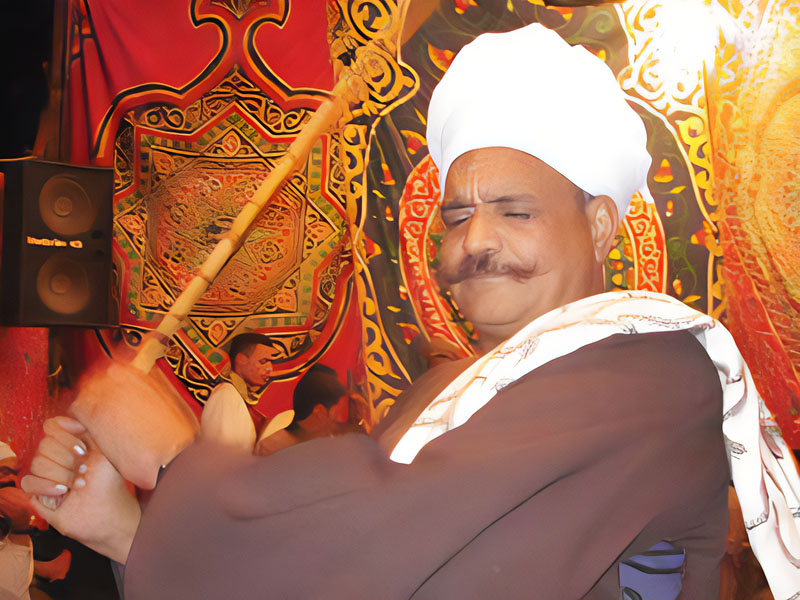Taghribat Bani Hilal: From word of mouth to the theatre
Issue 33

By Abdul Rahman Al Shafi’
In his PhD dissertation on the history of the Bani Hilal, Dr. Abdul Hamid Yunus, a professor of Folk Literature at Cairo University, said that Ibn Khuldun’s book ‘Muqaddimah’ was the first reliable source of information about the Bani Hilal’s history and significant events. Ibn Khuldun wanted to recognise the people who survived Bani Hilal’s migration to North Africa.
The accounts of the Arabs’ story served as a collective history of the different tribes in the pre-Islamic and Islamic eras. These accounts focused on tribalism at some times and on nationalism at others; this is true of folk histories in general, particularly that of the Bani Hilal.
The narrative is based on aspects of national heritage, and it contains both fictitious and factual stories of the Bani Hilal. It draws on historical reality, although imagination has altered some of the facts.
Taghribat Bani Hilal relates the story of a tribe or group of tribes under the leadership of the Bani Hilal. The historical accuracy of this story is based on lineage, (the Bani Hilal, which has three branches, descended from Hilal bin Amer. The main heroes of these branches are Sarhan, Rizq and Ghanim), and on their journey to North Africa.
In his study, Dr. Yunus said that for over six centuries, Arabs narrated the story of the Bani Hilal, their virtues and their heroes, to uphold their opinions of themselves and their nations and to highlight the virtues of the Arab nation and its achievements.
Writers and historians neglected this story until the Arab wise man Ibn Khuldun, (who died in the early nineteenth century Hijri), recorded some of it. He also wrote about the ways in which the scholars who accompanied the French expedition to Egypt recited the narrative.
Edward William Lane wrote about the poetry of the Bani Hilal in his book ‘An Account of the Manners and Customs of the Modern Egyptians’. The Bani Hilal were also mentioned in Claude Beck’s book on Egypt.
The Bani Hilal’s story spans three geographic areas:
- Yemen, where they originated
- Najd, where most of the chapters take place
- Western Africa and Tunisia, the tribe’s destination
The Bani Hilal are also divided into three generations:
- The first generation: The fathers’ generation begins with Hilal and ends with Sarhan, Rizq and Ghanim.
- The second generation: This is the most important generation, with heroes including Al Hasan, Abu Zeid, Diab and Jaziyah.
- The third generation: The writers referred to this generation as orphans


































































